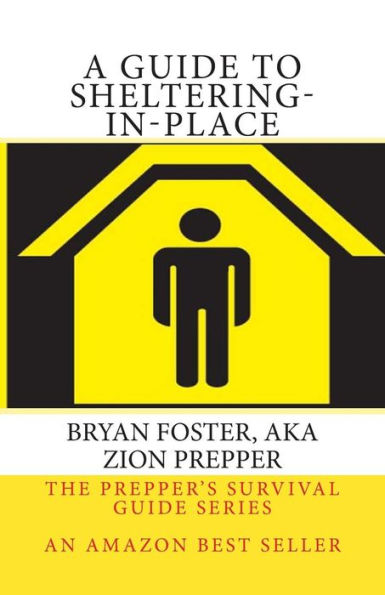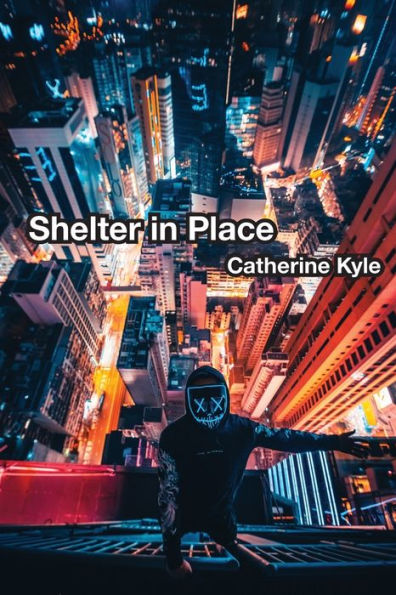Home
A Guide to Sheltering-In-Place: Don't be scared, Don't panic, Shelter-In-Place



A Guide to Sheltering-In-Place: Don't be scared, Don't panic, Shelter-In-Place
Current price: $6.95
Loading Inventory...
Size: OS
2014 - The Ebola virus. February 2013 - Nor'easter blinds the east coast causing power outages. February 2013 - Carnival Cruise Line experiences several disasters at sea affecting US citizens. February 2013 - New SARs-like virus shows person-to-person transmission. March 2013 - North Korea threatens U.S. with preemptive nuclear strike. April 2013 - Boston Marathon bombings. May 2013 - Oklahoma devastated with multiple tornados.
Answer: They all required or could require individuals, families, groups, or organizations to
is an emergency procedure for individuals, groups, or organizations whereby you seek protection and cover by remaining at your current location, residence, or ‘bugging-out’ to an alternate location.
is a philosophy that maximizes the safety and well-being of individuals, families, groups, or organizations in either a short or long term event. Events can be either natural or manmade and include such things as: domestic terrorism, tornadoes, hurricanes, economic collapse, nuclear or chemical release, riots, electromagnetic pulse, solar flare, and even being stranded at sea.
This guide will provide the information necessary to properly
based on The Survival Triangle©. The Survival Triangle© models the key elements required to properly
. Those elements are: food, water, heat (fire), shelter, and self-preservation. Through this understanding and insight you will have the knowledge on what to prepare and how to
.











